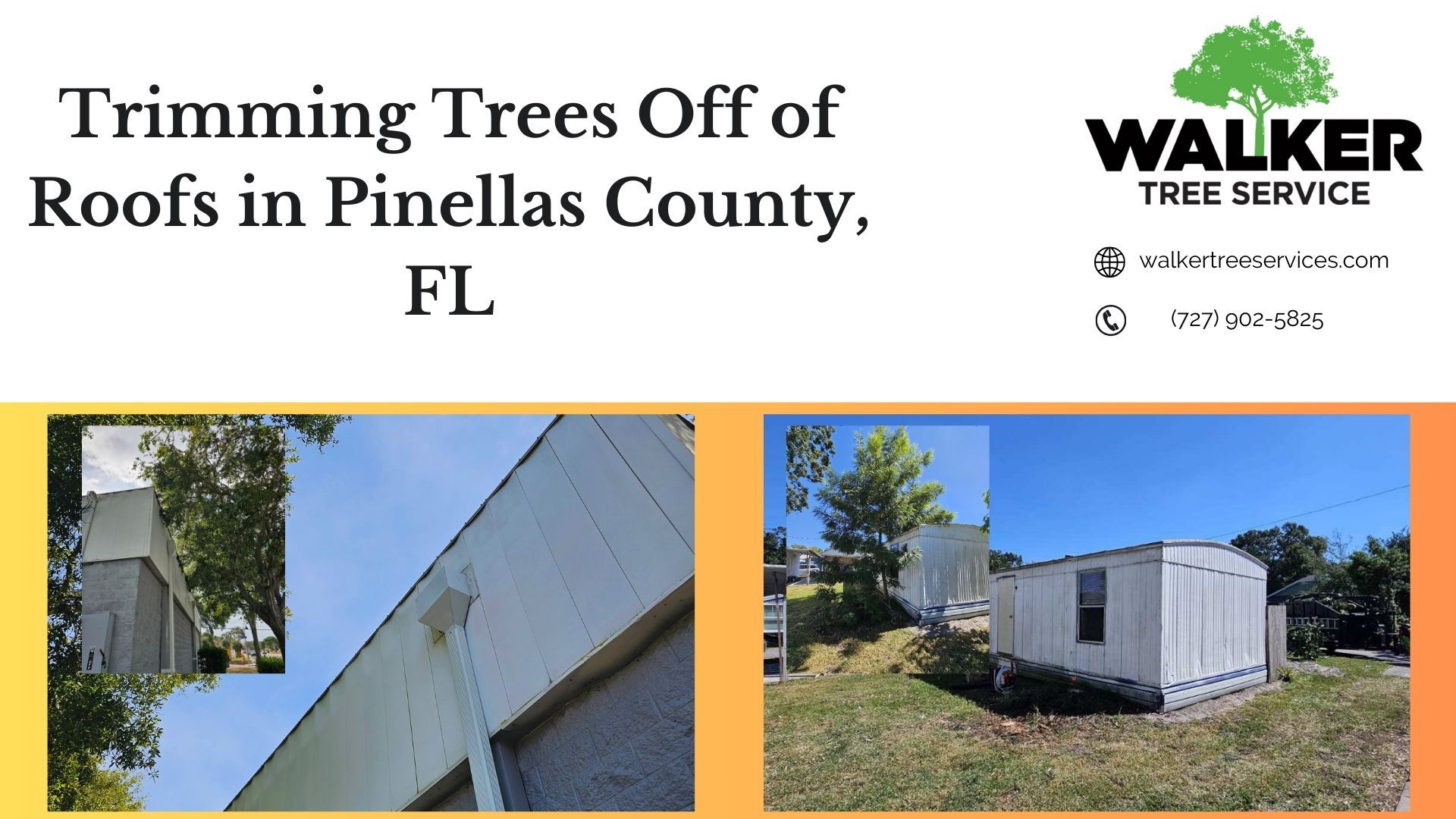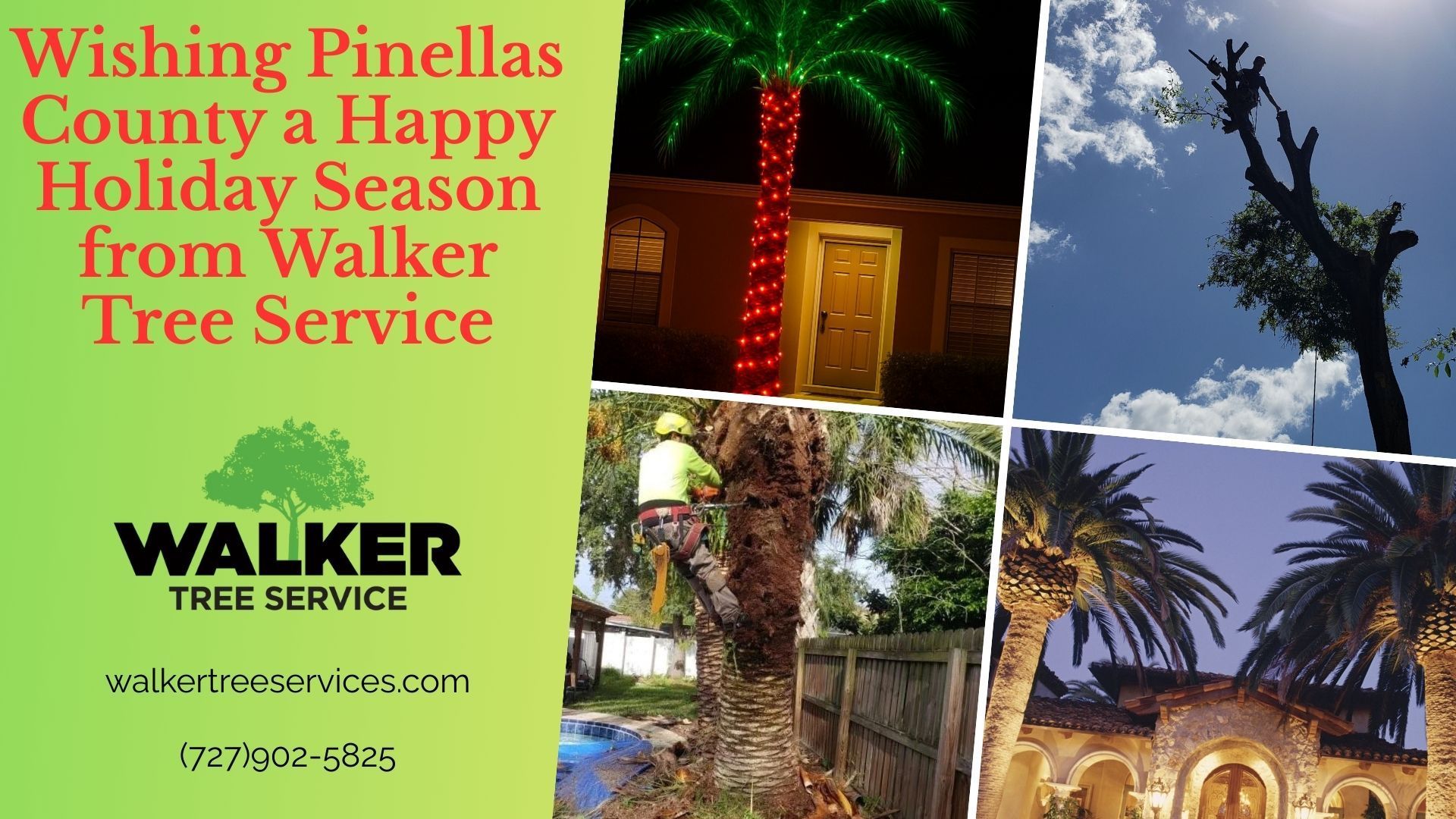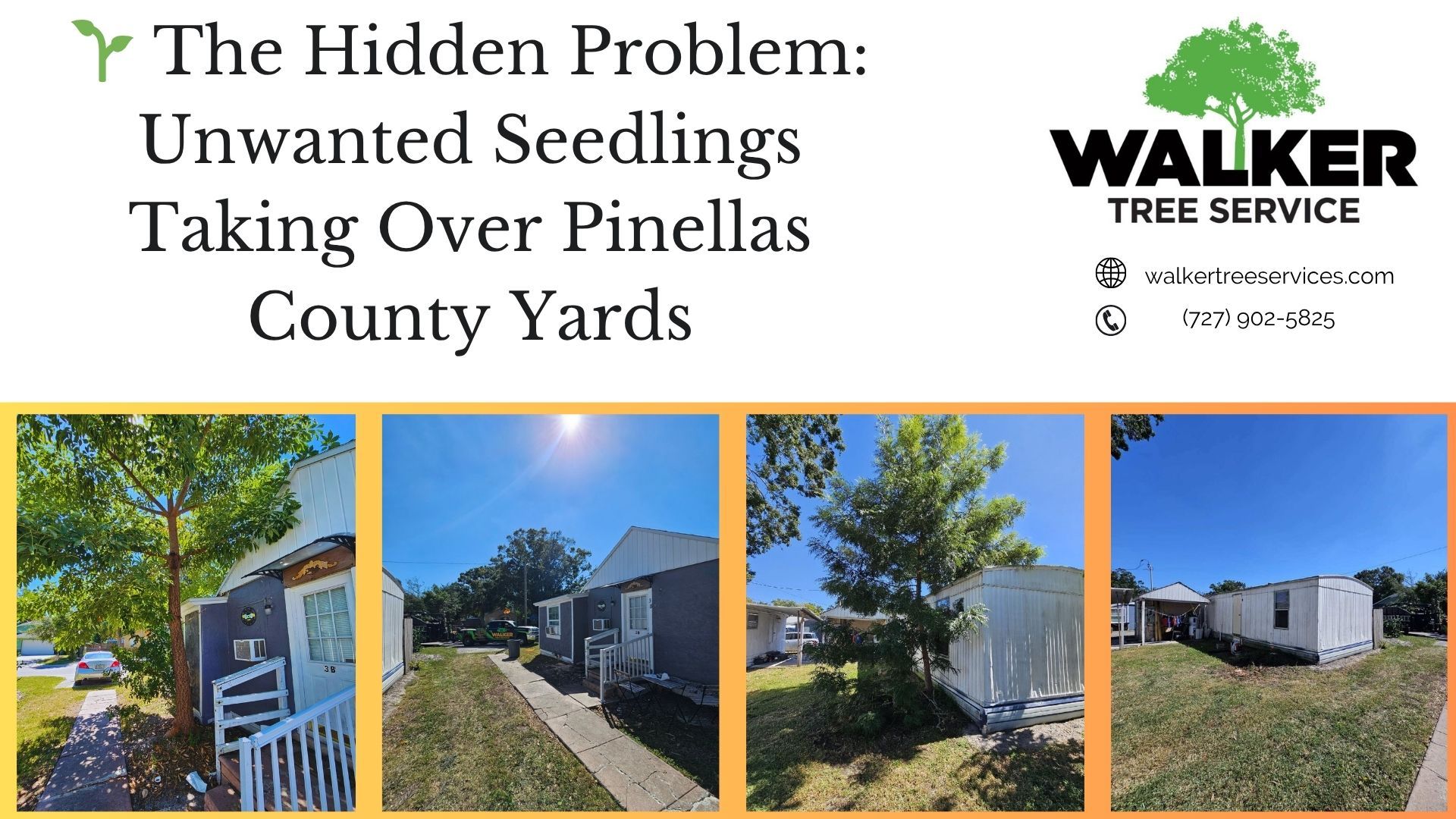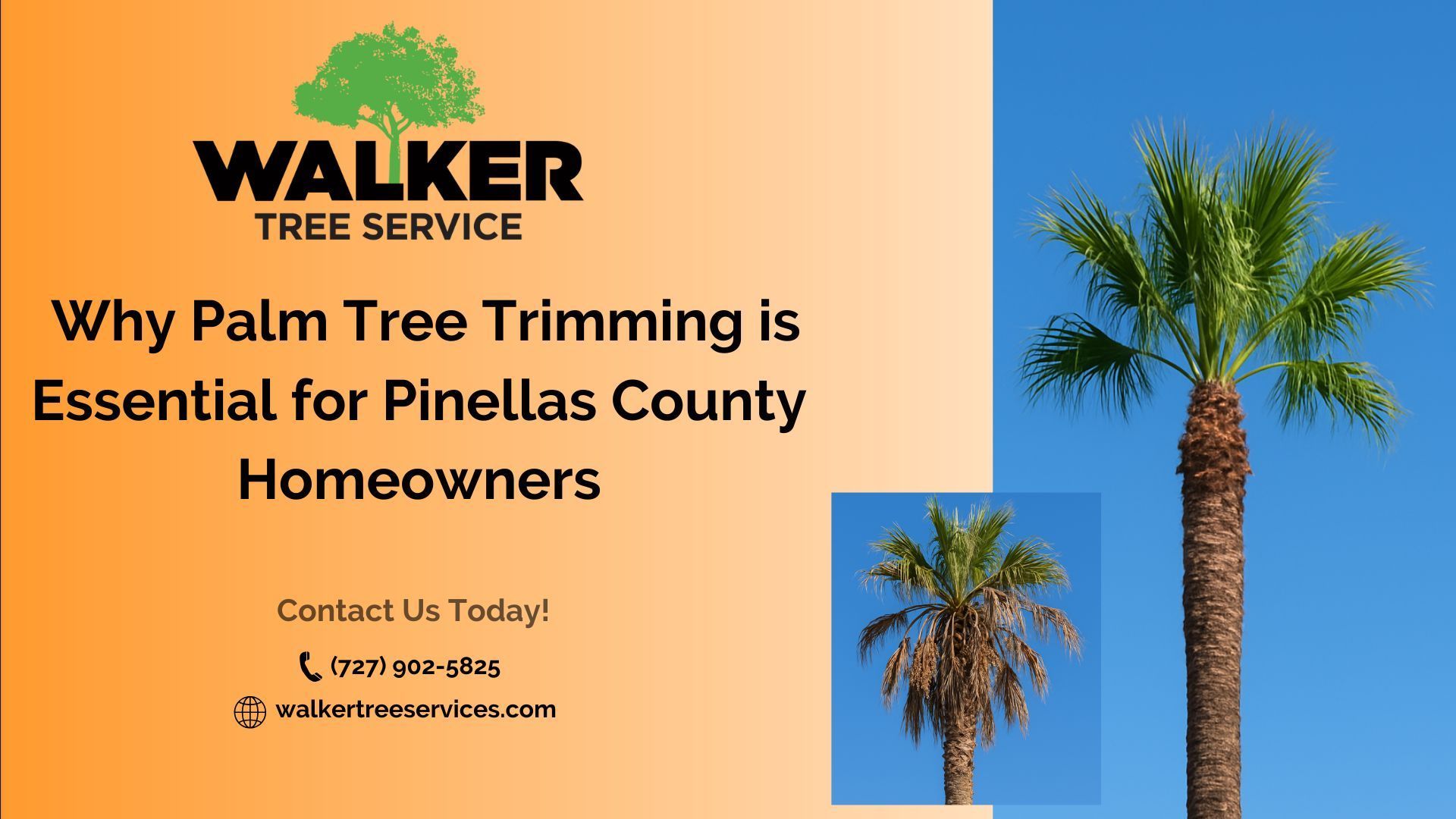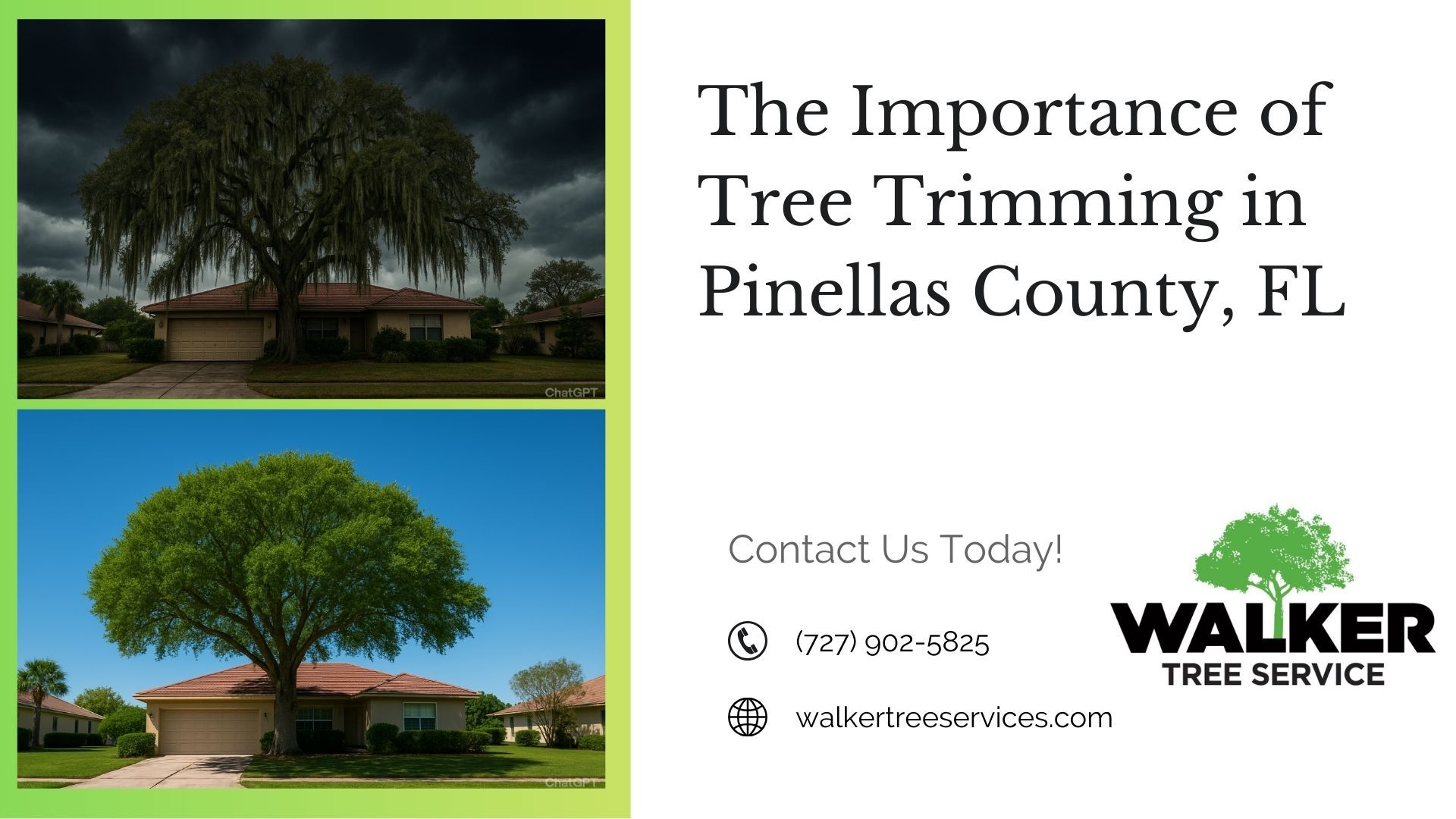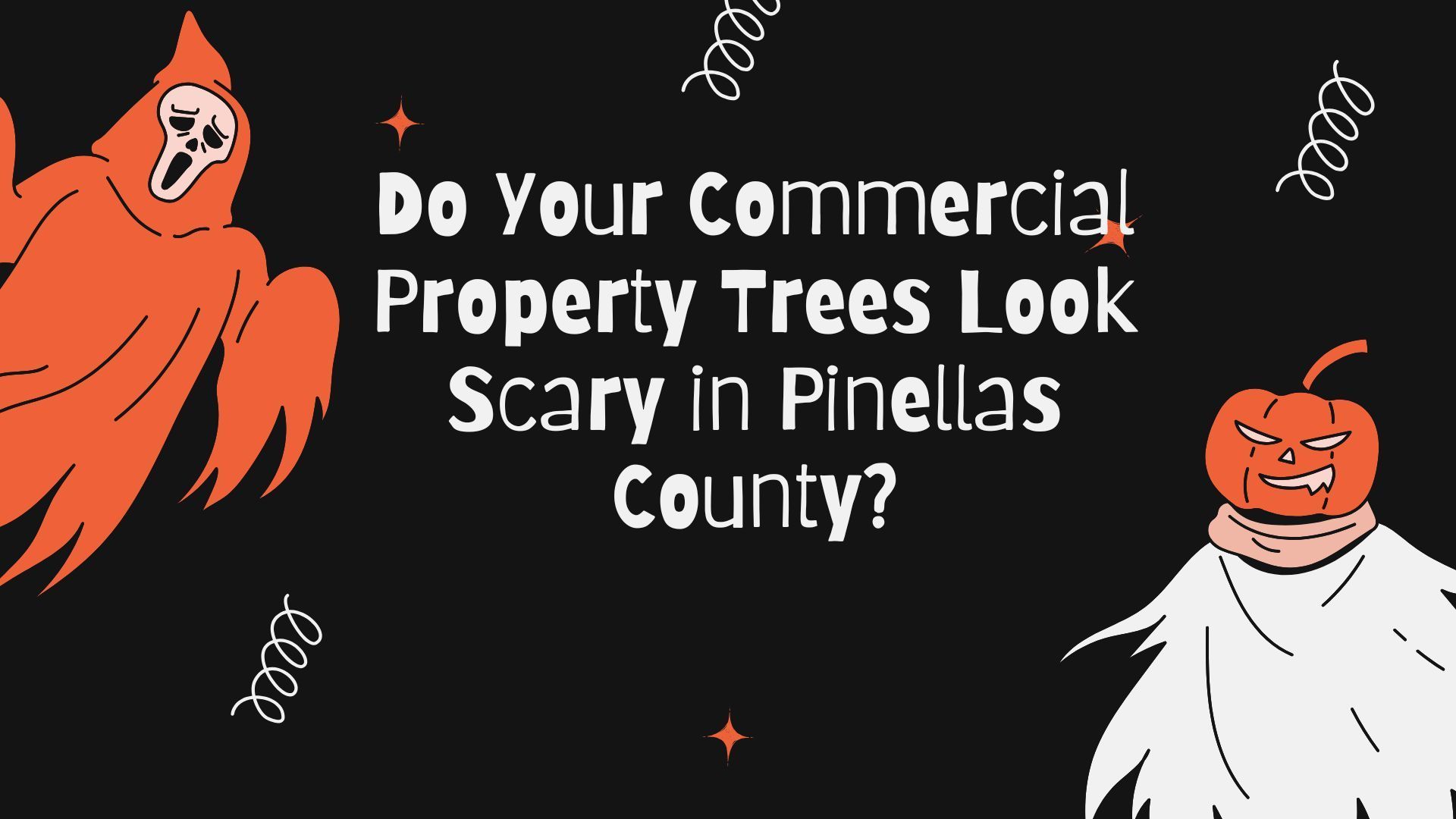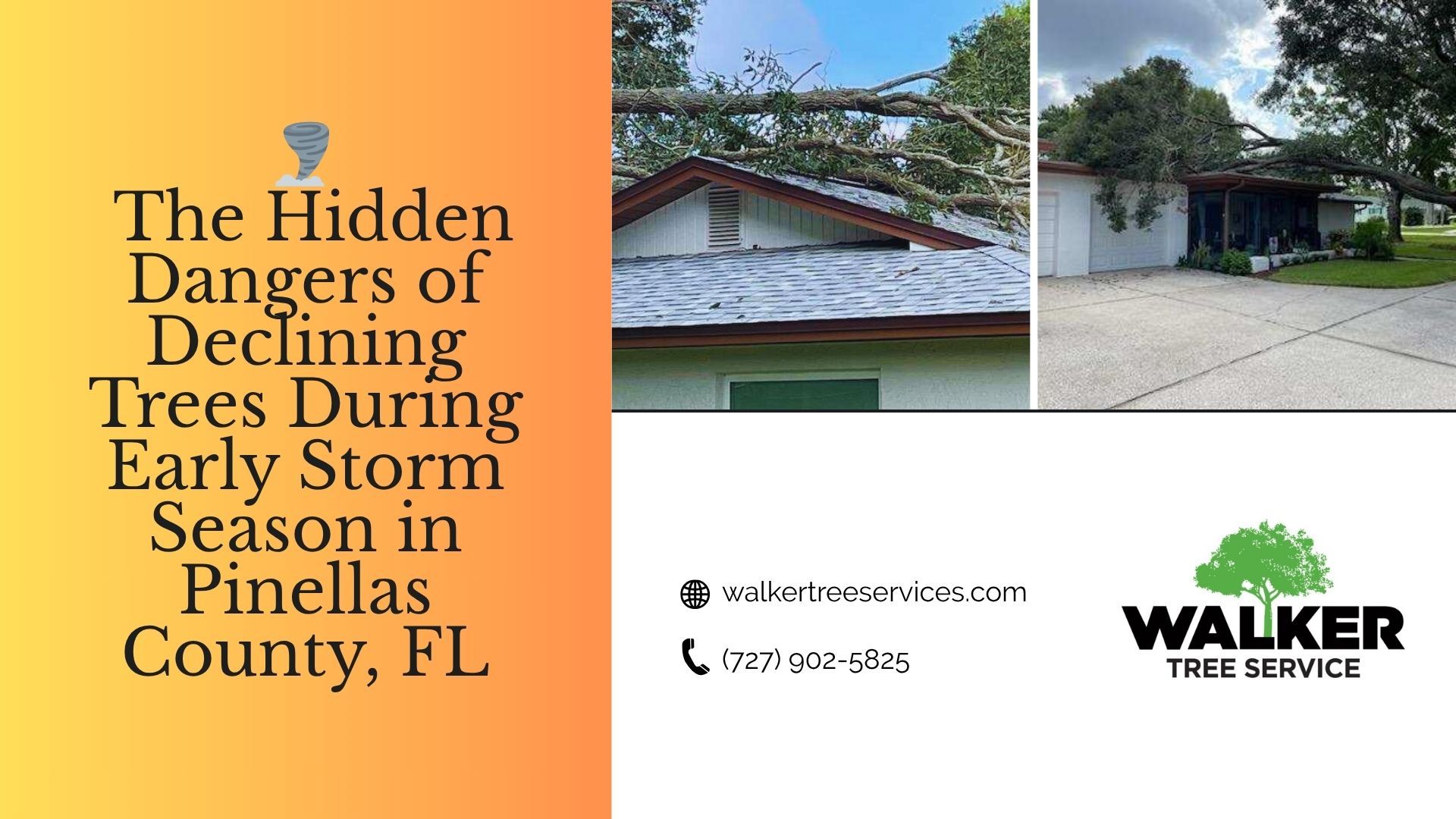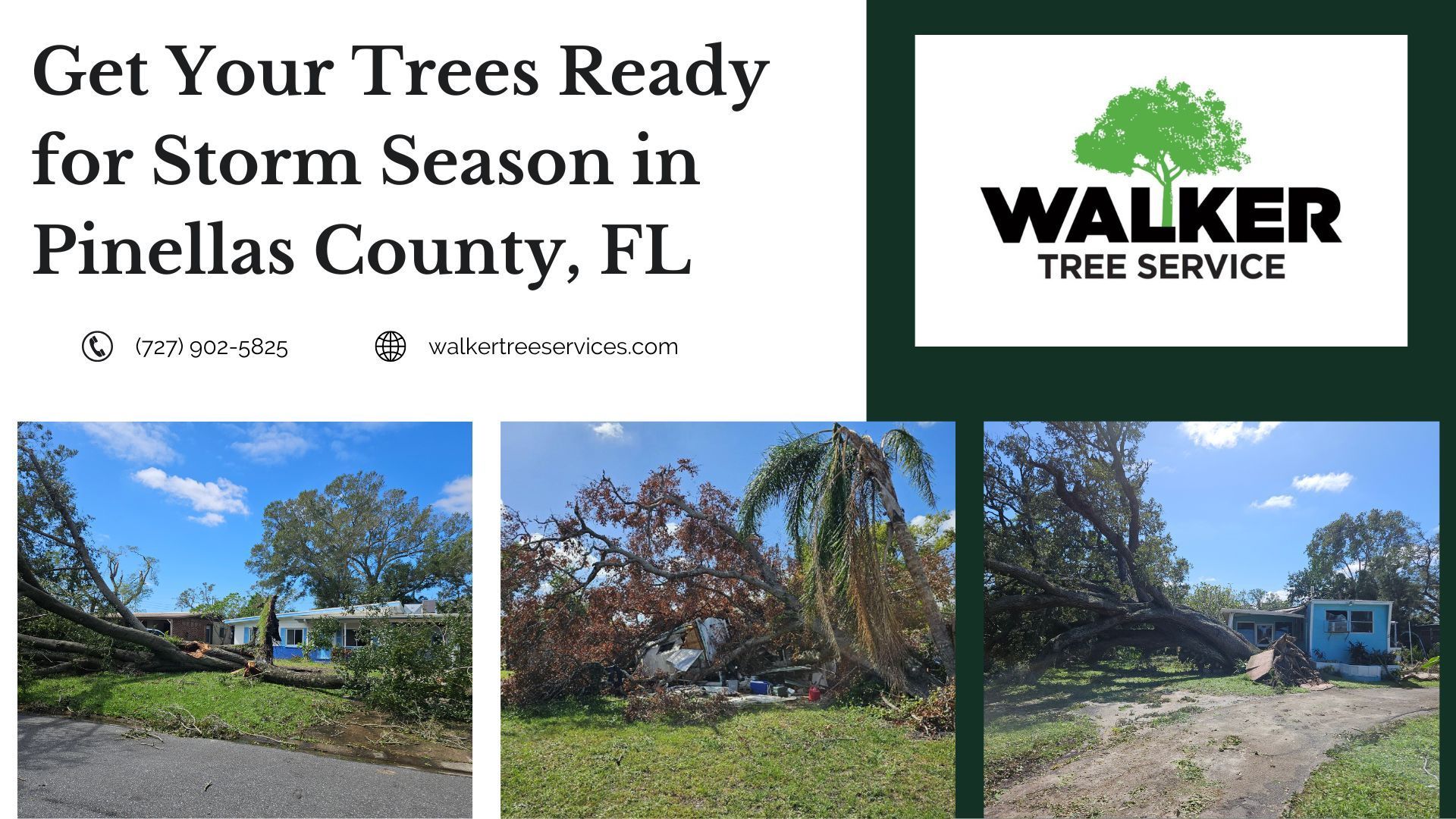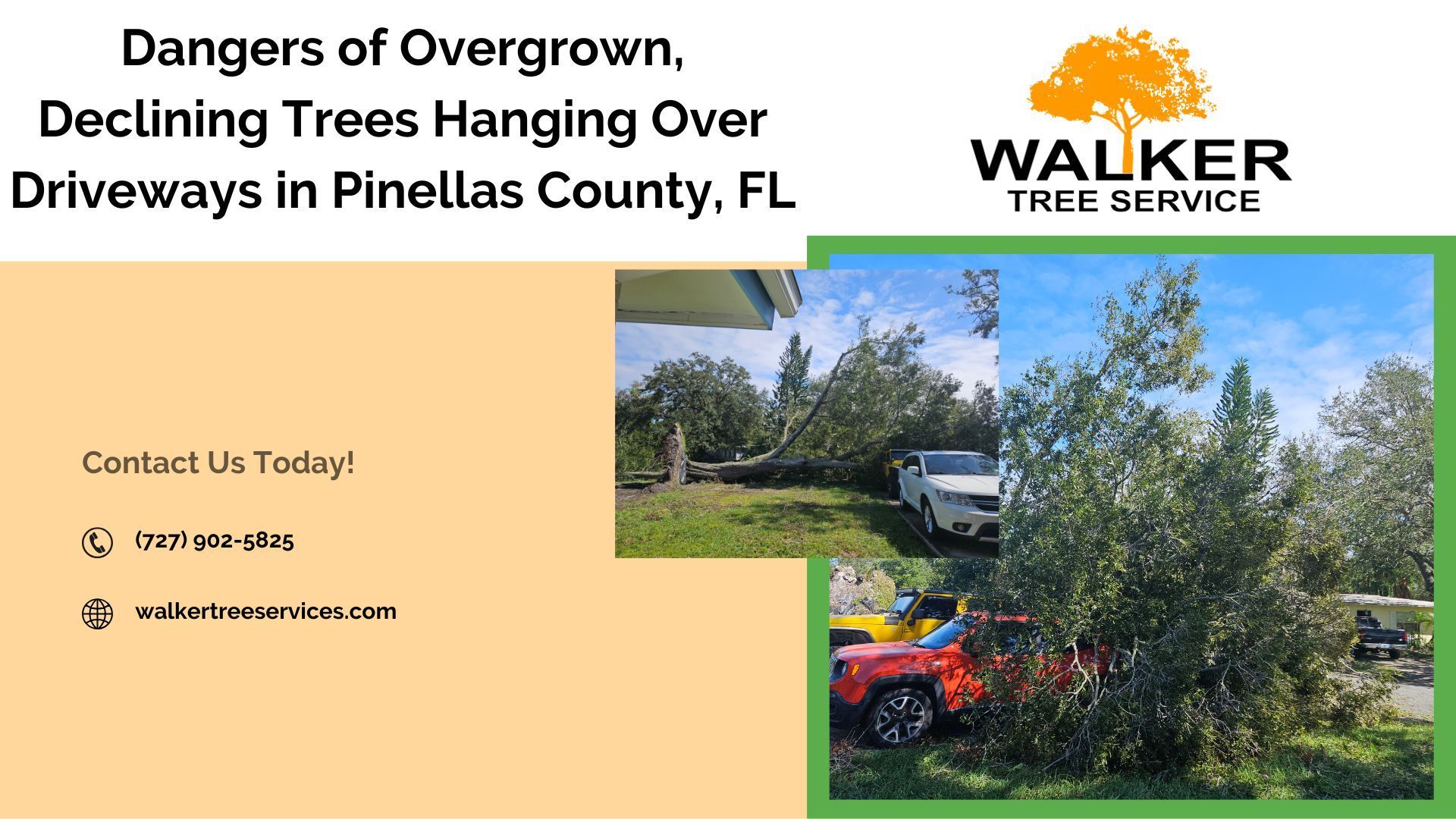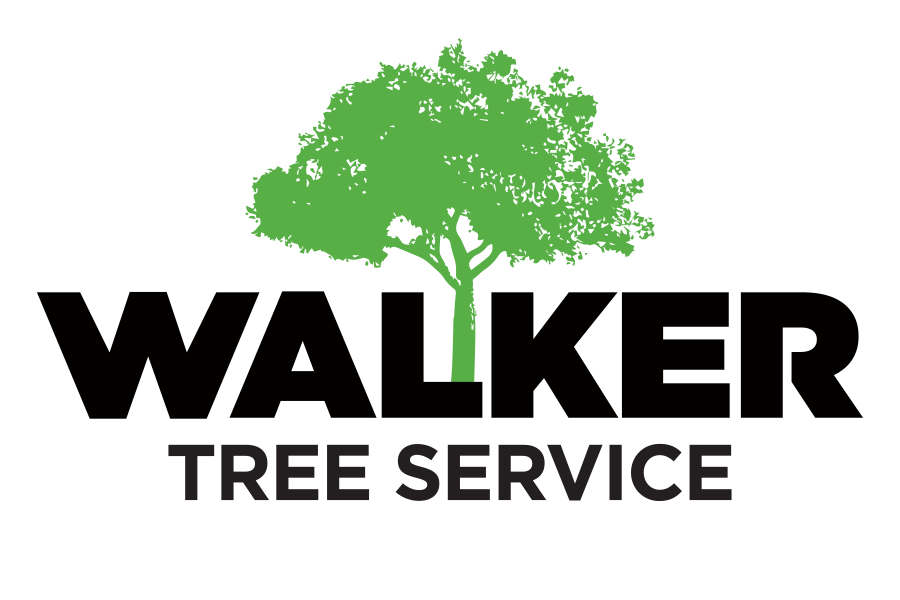Help with Storm-Damaged Trees | Hurricane Cleanup
We’re Here to Help: Walker Tree Service’s Guide to Handling Damaged Trees After the Storm
After the storm has passed, you’re left with a whirlwind of emotions. There's a sense of resilience—gratitude that you made it through. But then comes the roller coaster: sadness for what was lost, relief at having a plan, frustration when finding reliable contractors becomes a challenge, and the headache of dealing with insurance claims. When you finally experience a small victory, reality hits again—this is bigger than just you. As exhaustion sets in, so does the deep gratitude for the people around you who help shoulder the burden. Recovering from a storm is no easy feat, but you don’t have to face it alone.
Walker Tree Service: Experience You Can Count On After Hurricane Helene
We understand. Walker Tree Service has been on the front line of storm recovery efforts for years. Each storm is different, but Hurricane Helene has left an especially challenging path in its wake. We've witnessed firsthand how this storm has devastated Pinellas County, leaving behind unprecedented tree damage. Our team is not only trained but prepared to handle these new and unique challenges, bringing safety and peace of mind to homeowners when they need it most.
The Hidden Dangers of Damaged Trees After a Storm
After a hurricane like Helene, damaged trees can pose significant risks to your property and personal safety. Falling branches, uprooted trees, and scattered debris are all dangerous if not addressed quickly and properly. These hazards can damage homes, cars, and utility lines, or worse, cause injury to those nearby. Walker Tree Service is equipped with the expertise and specialized equipment to safely and efficiently manage tree removal, trimming, and debris cleanup, ensuring your property is safe again.
Why Professional Tree Removal is Essential for Safety
Attempting to handle storm-damaged trees on your own can lead to serious consequences. Without the proper training and equipment, removing large branches or uprooted trees can cause further property damage or even injury. Professional tree removal and cleanup by Walker Tree Service is the safest option, as our team takes every precaution to prevent additional harm. We know the right techniques to clear damaged trees without putting you, your family, or your home at risk.
How to Assess Tree Damage (and When to Call the Pros)
Assessing tree damage after a storm is crucial for ensuring your home and property are safe. While some damage is easy to spot, other signs can be subtle yet dangerous. Here are seven steps you can take to evaluate tree damage, keeping safety top of mind:
- Check for hanging or broken branches
Look for branches that are partially detached or hanging loosely. These branches can fall without warning, potentially causing injury or further damage. If you notice any, they should be removed immediately. If the branches are large or high up, it’s best to leave the removal to professionals to avoid injury. - Look for leaning trees
A tree that has started leaning after a storm is a serious risk. This can indicate that its root system has been damaged or destabilized. A leaning tree, especially one close to your home or power lines, may fall at any moment and should be inspected by a professional immediately. - Inspect the tree trunk for cracks or splits
Cracks or splits in the trunk suggest that the tree’s internal structure has been compromised. While the tree may still be standing, this type of damage can cause it to fall suddenly, especially in windy conditions. If you see large cracks or the tree appears to be splitting, call a professional right away. - Check for exposed roots
If the storm was strong enough to shift the ground, you may see the roots of a tree beginning to lift or protrude from the earth. Exposed roots can mean the tree is no longer stable and may topple over. It’s important to have a professional assess any tree with visible root damage. - Evaluate the foliage
If you notice that a significant amount of leaves or branches have been stripped off, the tree may be in shock or severely damaged. Trees that lose a lot of foliage after a storm can weaken, making them more vulnerable to disease or structural failure. An arborist can determine if the tree is salvageable or if it needs to be removed. - Check for lightning damage
If lightning struck a tree during the storm, it may show visible signs like blackened bark or deep grooves. Lightning-damaged trees are often compromised from the inside out, making them unstable. Even if the tree looks fine on the outside, it could be dangerous. Have a professional inspect it to ensure it doesn’t pose a risk. - Look for damaged neighboring trees
Sometimes the trees on your property can be affected by the condition of trees on neighboring properties. If a neighbor’s tree is damaged and leaning toward your home or yard, it could cause future problems. It’s a good idea to discuss this with your neighbor and encourage them to have their trees inspected as well.
For larger or more dangerous situations, it’s crucial to contact a professional. Walker Tree Service is here to handle those risky cases and ensure your property is safe.
Ready to Help: Safe Tree Removal and Cleanup with Walker Tree Service
Walker Tree Service is ready to help you recover after the storm. Whether you need tree removal, trimming, or debris cleanup, our expert team is equipped to restore safety and order to your property. Don’t wait—call (727) 902-5825 or schedule an estimate today by visiting Walker Tree Service Contact Page. Let us help you get back to normal safely and efficiently.
Tree Assessment Form
